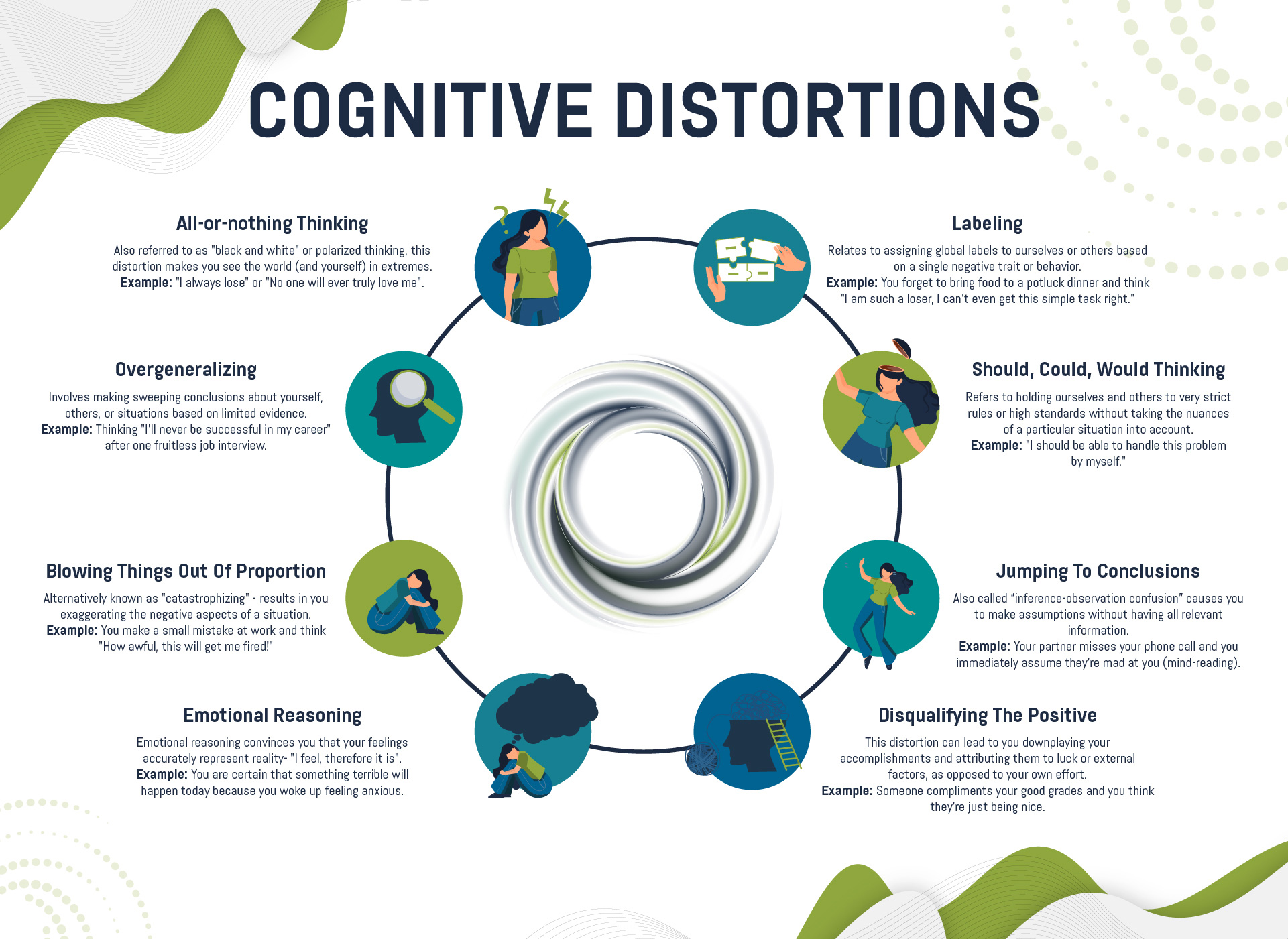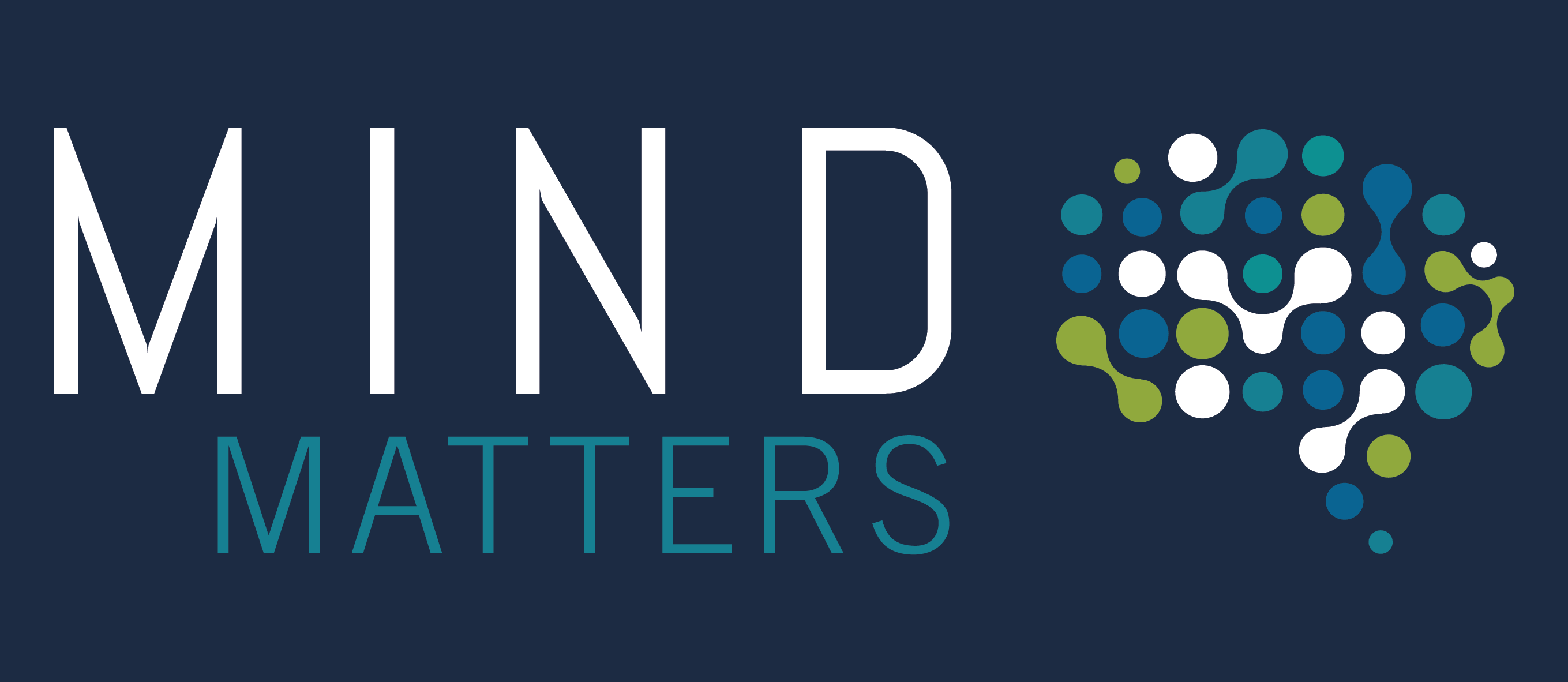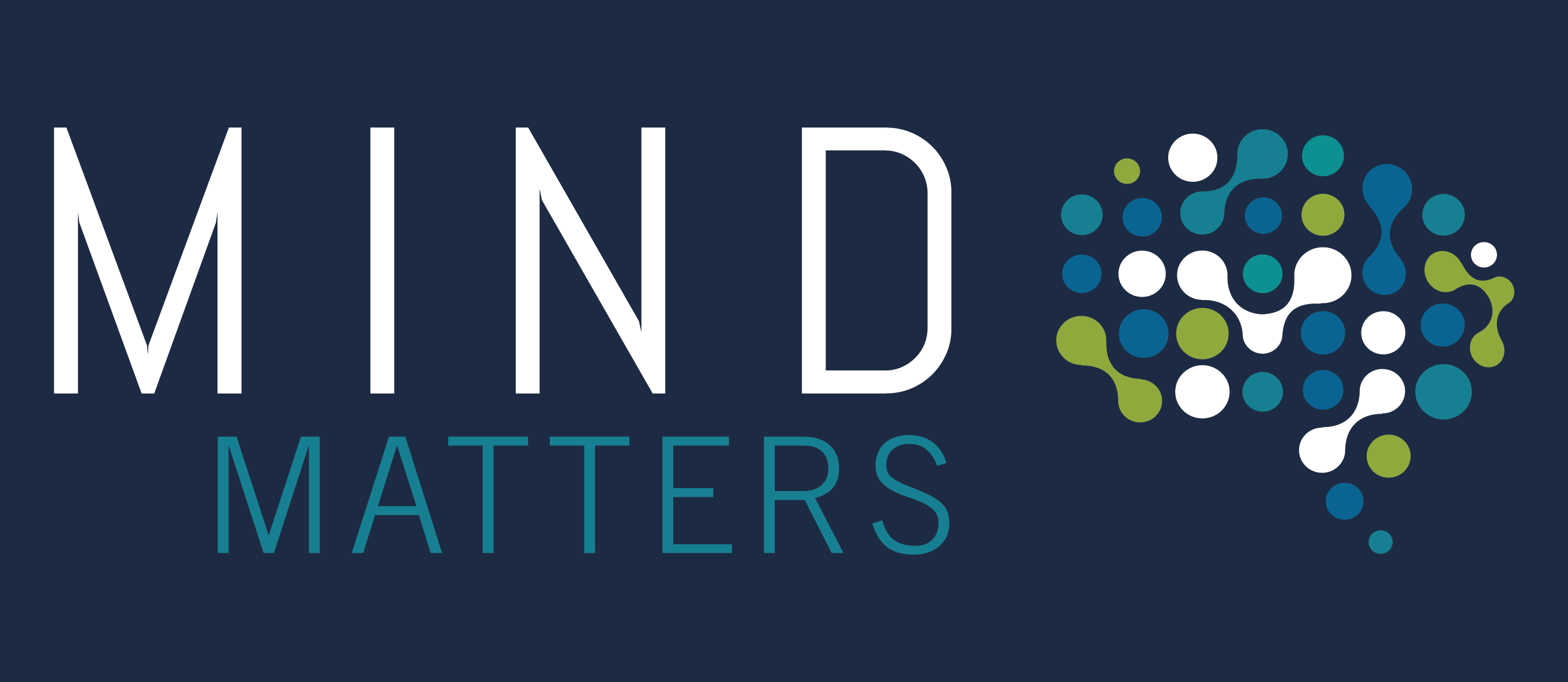

Mastering Composure: How to keep your cool when life gets heated.
Mastering Composure:
How to keep your cool when life gets heated.
BY: DR. MERET CEPERO MALO | January 22, 2024
When’s the last time you saw someone completely lose their composure? For me, a particularly noteworthy outburst that comes to mind is the opening scene to “Beef”, a Netflix series that premiered in April 2023. The pilot episode tells the story of two strangers, Amy Lau (played by Ali Wong) and Danny Cho (played by Steven Yeun), who almost crash into each other in a parking lot and subsequently begin a high-speed car chase. As fury contorts their brows and tightens their jaws, harsh words are exchanged, and objects are flung from moving vehicles. Throughout the series, viewers are spellbound by the characters’ unfiltered emotional reactions, transforming their road rage incident into a tumultuous spectacle. While public displays of anger may be entertaining on screen (and I highly recommend watching this brilliant show!), in the real world, the ability to maintain composure is a crucial skill.
Whether it’s in the workplace, at a family function or on a random grocery run – powerful emotions have a way of taking over in various aspects of our lives. Though it’s generally discouraged to initiate confrontations like yelling matches or car chases, there are times when the intensity of anger or profound sadness make it hard to maintain our composure. During their 9-week Resilience Training for Researchers, Dr. Nadine Sinclair and Paul Sinclair from Mind Matters hosted an interactive workshop on the topic of composure. This article delves into the significance of composure, its components, and strategies to cultivate it for personal growth, improved mental health and overall well-being.
Understanding Composure
On the day of the workshop, Nadine and Paul opened the session by asking the attendees how they would define the term ‘composure’. Most participants associated it with the state of being calm and maintaining self-control, especially in challenging situations. For some, it represented the ability to seem collected and poised, essentially “holding things in”, even under pressure. However, as Paul aptly put it: “Composure is not about suppressing emotions; it’s about actively working with them in the moment”. Nadine added to this and introduced participants to the following concept: “In challenging situations, there is a space between the initial stimulus and your response to it. Rather than our reaction bursting out automatically, composure allows us to stretch that space and choose our response.”
Amongst the workshop participants, the desire to ‘stretch the space’ between feeling triggered and experiencing an overwhelming reaction was something virtually everyone could relate to. So, what exactly drives composure and how can we learn to give ourselves the space to authentically respond to difficult situations? According to Nadine and Paul, there are two main factors that contribute to composure: emotional literacy and emotional agility. While emotional literacy enables us to be present with our emotions and to “feel our feelings”, emotional agility allows us to constructively work with them.
Meet Your Cognitive Distortions
On the flip side of emotional literacy and agility, so-called cognitive distortions can impede our ability to maintain composure in the face of adversity. You can think of cognitive distortions as (negative) thought patterns that lead us to perceive reality inaccurately. Closely intertwined with our core beliefs, cognitive distortions also form part of the cognitive behavioral therapy (CBT) framework developed by Dr. Aaron T. Beck and colleagues1,2. In a nutshell, CBT proposes that how people feel is heavily influenced by their interpretation of experienced events, rather than the events themselves3. Within Beck’s cognitive model, core beliefs serve as the foundation for the development of cognitive distortions, influencing our interpretation of events2,4. For example, if someone holds the core belief that they are worthless and must be perfect to be accepted, they may engage in catastrophizing (a cognitive distortion) after making a minor mistake at work. This distorted thinking (i.e. “I am a complete failure, no one will want to work with me!”) reinforces and magnifies the negative aspects of the situation, aligning with the core belief that imperfection is unacceptable. In summary, core beliefs and cognitive distortions are interconnected in a dynamic relationship, with core beliefs shaping how we interpret events, and cognitive distortions arising from these interpretations. Therefore, recognizing and addressing both elements is fundamental to promoting cognitive and emotional well-being. Overall, while cognitive distortions come in different shapes and sizes, they can include overgeneralizing, emotional reasoning, and disqualifying the positive4. In the graph shown below, we’ve compiled some of the most common cognitive distortions:


Bottled Up & On Repeat
Every time our limiting core beliefs are triggered, and our cognitive distortions elicit a strong emotional reaction within us, our minds may resort to maladaptive coping strategies, such as rumination or bottling. On the one hand, rumination involves getting stuck in negative events and even replaying them in our heads5. This can often lead to a single incident eliciting several stress responses, as opposed to just one5,6. On the other hand, bottling can be equated to suppressing our uncomfortable emotions7– kind of like placing them in a mental box and putting a lid on it. Importantly, both rumination and bottling intensely activate the hypothalamic-pituitary-adrenal (HPA) axis, a central player in one of our body’s physiological stress responses8. As a result of HPA axis activation, our adrenal glands release the steroid hormone cortisol into the bloodstream – studies have shown that if this becomes a frequent occurrence, prolonged elevation of cortisol levels can lead to adverse health consequences9,10.
To understand our coping mechanisms in stressful times, Paul and Nadine introduced a “feelings journal” that participants could use to track their emotional states throughout the course. The emerging patterns allowed attendees to assess whether they tended to ruminate, bottle, or employ a combination of both strategies. Given that raising awareness to maladaptive coping mechanisms like bottling or rumination is a step towards cultivating composure, this tracking technique proved to be quite helpful for the participants.
Point and Call
While challenging our cognitive distortions and maladaptive coping mechanisms is crucial for fostering emotional resilience, enhancing our emotional literacy can also prove to be beneficial for maintaining composure. Indeed, studies on the topic of emotional literacy indicate that labeling negative emotions can reduce their intensity11–15. This was also illustrated in an fMRI study conducted by Matthew Lieberman et al., who showed that asking participants to put their feelings into words reduced activity in their amygdala and other parts of the limbic system (areas that would typically be activated in response to negative emotional images)12. Conversely, Vlasenko and colleagues were able to demonstrate that with regards to positive emotions, affect labelling can increase their intensity16. Thus, when we label our emotions, we receive a dual benefit: It aids in diminishing the intensity of uncomfortable feelings while simultaneously amplifying the intensity of positive emotions. By building an emotional vocabulary, we can increase our understanding of how an intense situation affects us and practice bringing our feelings to the forefront of our awareness.
Mind the Gap
Towards the end of the session, Nadine and Paul introduced participants to techniques that could enhance their emotional agility. To incorporate them into your daily life, here are a few of the methods that can help you ‘stretch the space’ between stimulus and response:
- addressing your cognitive distortions
- deep breathing
- mindfulness
- expressive writing
What all the above-mentioned techniques have in common is that they will support you in acknowledging the triggered emotions and allowing yourself to feel them. Therefore, maintaining composure is about navigating the delicate balance between emotional expression and constructive response.
Growing Into Our Most Authentic Selves
Embarking on the path of psychological resilience involves honing emotional literacy and agility. Following my participation in the Mind Matters workshop, I now feel better equipped to identify and acknowledge my core beliefs, cognitive distortions, and emotional states. Yet, much like fellow participants in the 9-week Resilience Training for Researchers, I find myself at the initial stages of my journey towards personal growth and authenticity. Navigating the intricate and dynamic realm of our emotions is a lifelong expedition, akin to exploring complex and exciting worlds. Through deciphering the language of emotions, adapting to challenges, and discarding destructive habits, we take important first steps. As we master composure, we gain the strength to weather life’s storms and the resilience to emerge stronger. Day by day, we learn to keep our cool amidst life’s challenges and evolve into our most authentic selves.
References:
1. Beck, A. T. Thinking and Depression – Idiosyncratic Content and Cognitive Distortions. Arch. Gen. Psychiatry 9, (1963).
2. Beck, A. T. & Dozois, D. J. A. Cognitive therapy: Current status and future directions. Annu. Rev. Med. 62, 397–409 (2011).
3. Fenn, K. & Byrne, M. The key principles of cognitive behavioural therapy. InnovAiT Educ. Inspir. Gen. Pract. 6, 579–585 (2013).
4. Dozois, D. J. A. & Beck, A. T. Cognitive Schemas, Beliefs and Assumptions. Risk Factors Depress.119,121-119,143 (2008). doi:10.1016/B978-0-08-045078-0.00006-X
5. Watkins, E. R. & Roberts, H. Reflecting on rumination: Consequences, causes, mechanisms and treatment of rumination. Behav. Res. Ther. 127, (2020).
6. Gianferante, D. et al.Post-stress rumination predicts HPA axis responses to repeated acute stress. Psychoneuroendocrinology 49, 244–252 (2014).
7. Gross, J. J. & Levenson, R. W. Emotional suppression; Physiology, Self-Report, and Expressive Behavior. Journal of Personality and Social Psychology 64, 970–986 (1993).
8. Herman, J. P. et al.Regulation of the hypothalamic-pituitary-adrenocortical stress response. Compr Physiol. 6, 603–621 (2016).
9. Dziurkowska, E. & Wesolowski, M. Cortisol as a biomarker of mental disorder severity. J. Clin. Med. 10, (2021).
10. Habib, Y., Yunes, P., Hedayat, S. & P, J. T. Review article : Impact Of Stress On Body Function. EXCLI J. July, 1057–1072 (2017).
11. Constantinou, E., Van Den Houte, M., Bogaerts, K., Van Diest, I. & Van den Bergh, O. Can words heal? Using affect labeling to reduce the effects of unpleasant cues on symptom reporting. Front. Psychol. 5, 1–11 (2014).
12. Lieberman, M. D. et al.Putting feelings into words: Affect labeling disrupts amygdala activity to affective stimuli. Psychol. Sci. 18, 421–428 (2007).
13. Lieberman, M. D., Inagaki, T. K., Tabibnia, G. & Crockett, M. J. Subjective Responses to Emotional Stimuli During Labeling, Reappraisal, and Distraction. Emotion 11, 468–480 (2011).
14. Levy-Gigi, E. & Shamay-Tsoory, S. Affect labeling: The role of timing and intensity. PLoS One 17, 1–14 (2022).
15. Gross, J. J. The emerging field of emotion regulation: An integrative review. Rev. Gen. Psychol. 2, 271–299 (1998).
16. Vlasenko, V. V., Rogers, E. G. & Waugh, C. E. Affect labelling increases the intensity of positive emotions. Cogn. Emot. 35, 1350–1364 (2021).
Related post
Building Resilience: What 9 weeks taught me about responding, rather than reacting
The Power of saying “no”: Building stronger relationships with Boundaries
A cup half full: how a positive outlook can fuel perseverance


Dr. Meret Cepero Malo
Dr. Meret Cepero Malo is a writer turned neuroscientist, or a neuroscientist turned writer. While pursuing her Ph.D. in Cellular Neuroscience, she participated in ‘Fast Forward’, a 7-week project management course for researchers, eventually taking on a recurring tutoring role. Now, she has teamed up with Dr. Nadine Sinclair and Paul Sinclair from Mind Matters to offer readers a personal account of her experiences in the 9-week Resilience Training. Get ready to be captivated by her storytelling as she delves into the neurobiological foundations of resilience and shares actionable tips for readers on their own resilience journey.






